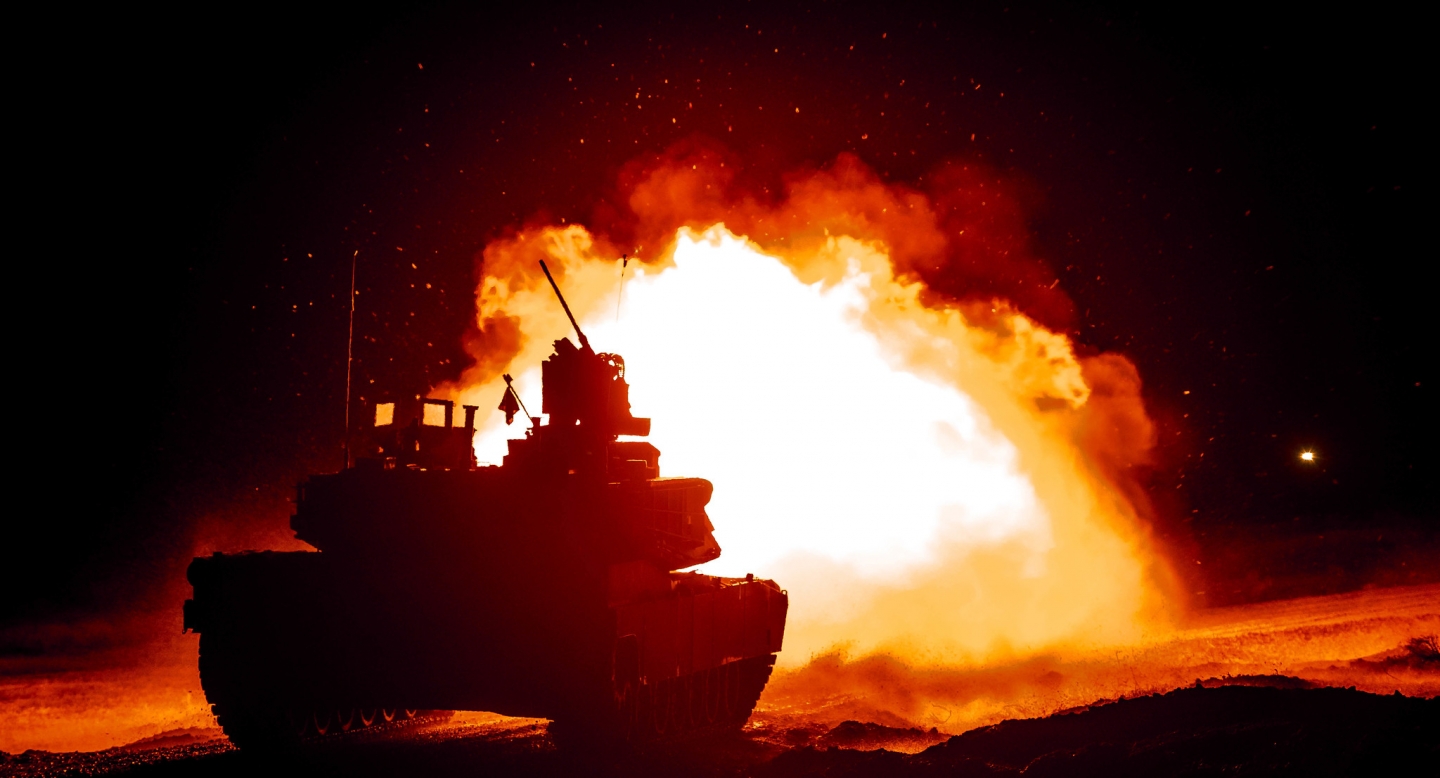
Three Ways To Make the M1 Abrams the Tank of the Future
The U.S. Army is on its third quest in twenty years to modernize its armored vehicle fleets. The current effort, driven by Futures Command’s Next-Generation Combat Vehicle (NGCV) Cross-Functiona
Perhaps the perfect example of the ability of the U.S. defense industry to ensure the relevance of major platforms and weapons systems for decades after they were first introduced through smart upgrades is the M1A2 Abrams main battle tank. Since it was first deployed in 1980, the Abrams has undergone continuous modification and upgrades in response to changes in threats, technology and tactics. As one well-respected defense technology reporter observed, the M1 Abrams remains the best tank in the world for one reason: upgrades.
The latest upgrade, called the M1A2 System Enhancement Package Version 3 (SEPv3 or A2C), provides a host of improvements, including new computers, sensors, radios, and power management systems. It installs a new Auxiliary Power Unit (APU) that allows the Abrams to keep its sophisticated systems running while the engine is off. Survivability measures include an improved Common Remotely Operated Weapon Station (CROWS), a Counter Improvised Explosive Device Electronic Warfare package, and reinforced armor.
The SEPv3/A2C will add an improved Ammunition Data Link for the fire control system and new rounds for the 120mm main gun, including one designed to defeat the explosive reactive armor on the latest Russian tanks. Finally, at least four brigades of M1A2Cs will be equipped with the TROPHY Active Protection System, capable of defeating rocket-propelled grenades and anti-tank guided missiles.
The Army is already planning its next Abrams upgrade, the SEPv4 or M1A2D. This version will build on the A2C improvements with more advanced sensors, including one that will provide meteorological data to the fire control system, a laser range finder, a new slip-ring for the turret and an ethernet switch to connect all the tank’s sensors. These improvements will significantly enhance the Abrams’ lethality.
But the future of the M1 Abrams need not end there. What might an SEPv5/A2E variant look like? At least three improvements come to mind. One is an automatic loader. The second is a fully automated turret. The third is a new engine.
The idea of using an automatic loader or autoloader has been debated within the Army for more than two decades. There are a number of tanks equipped with autoloaders, including the French Leclerc, Japanese Type 90 and Type 10, and Korean K2 Black Panther. An autoloader would allow the Abrams’ crew size to be reduced from 4 to 3. An autoloader might require a redesign of the Abrams’ turret if the decision was made to also replace the current carousel ammunition storage system with one that stores shells in a bustle at the back of the turret.
The Army could also go one step farther and fully automate the turret on the Abrams. The newest Russian main battle tank, the T-14 Armata, has a fully automated turret. An unmanned turret would allow for a significant overall weight reduction and an even smaller crew.
(More at link)


